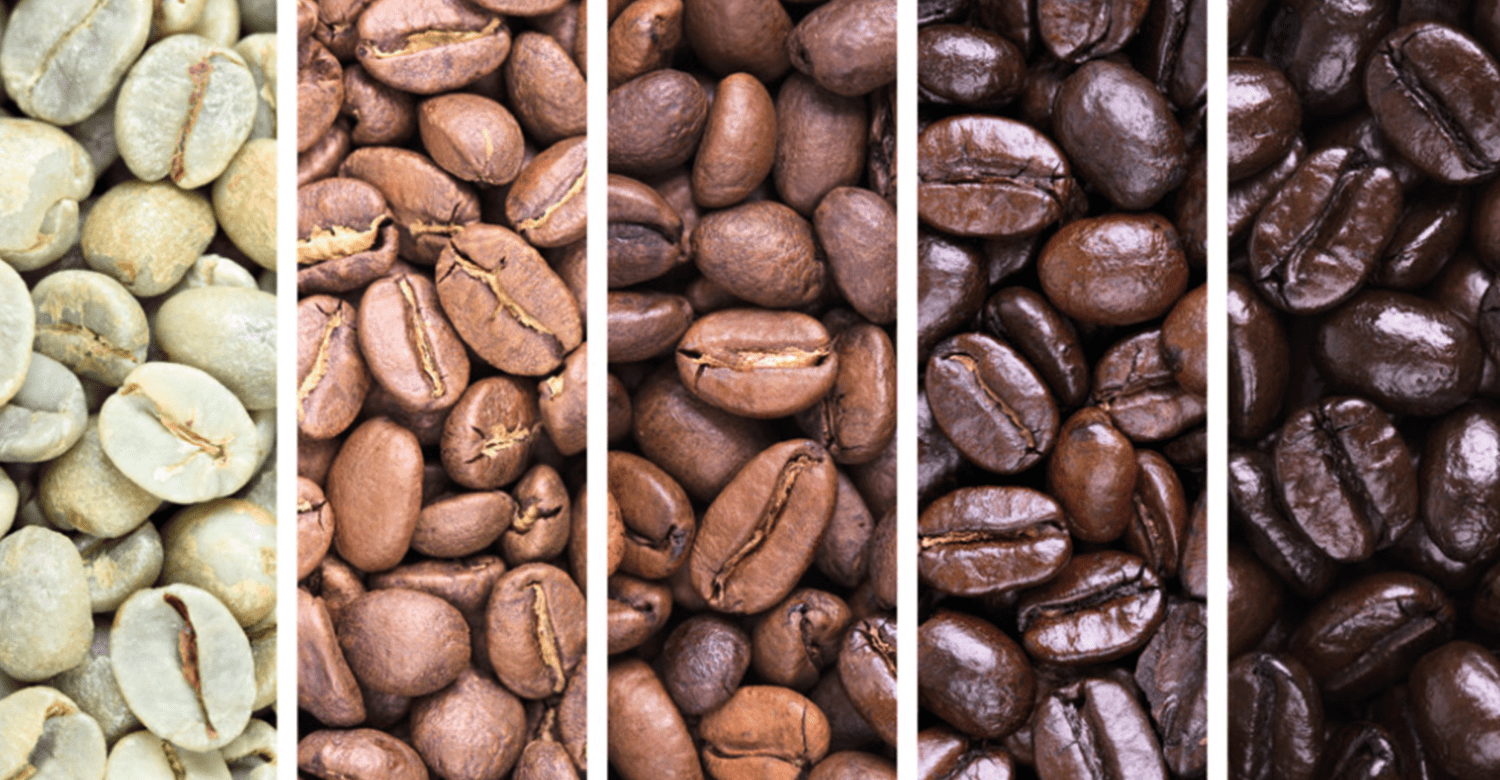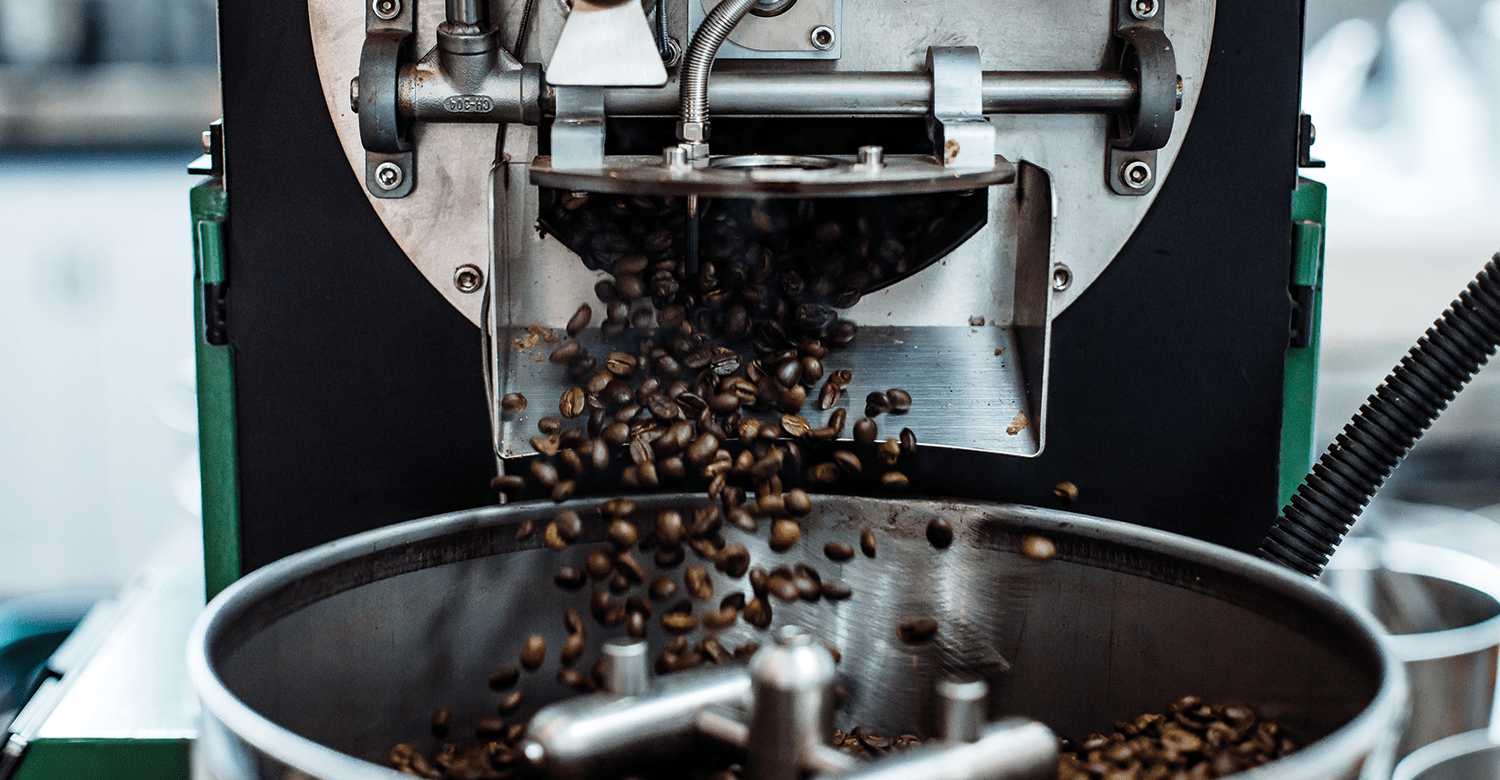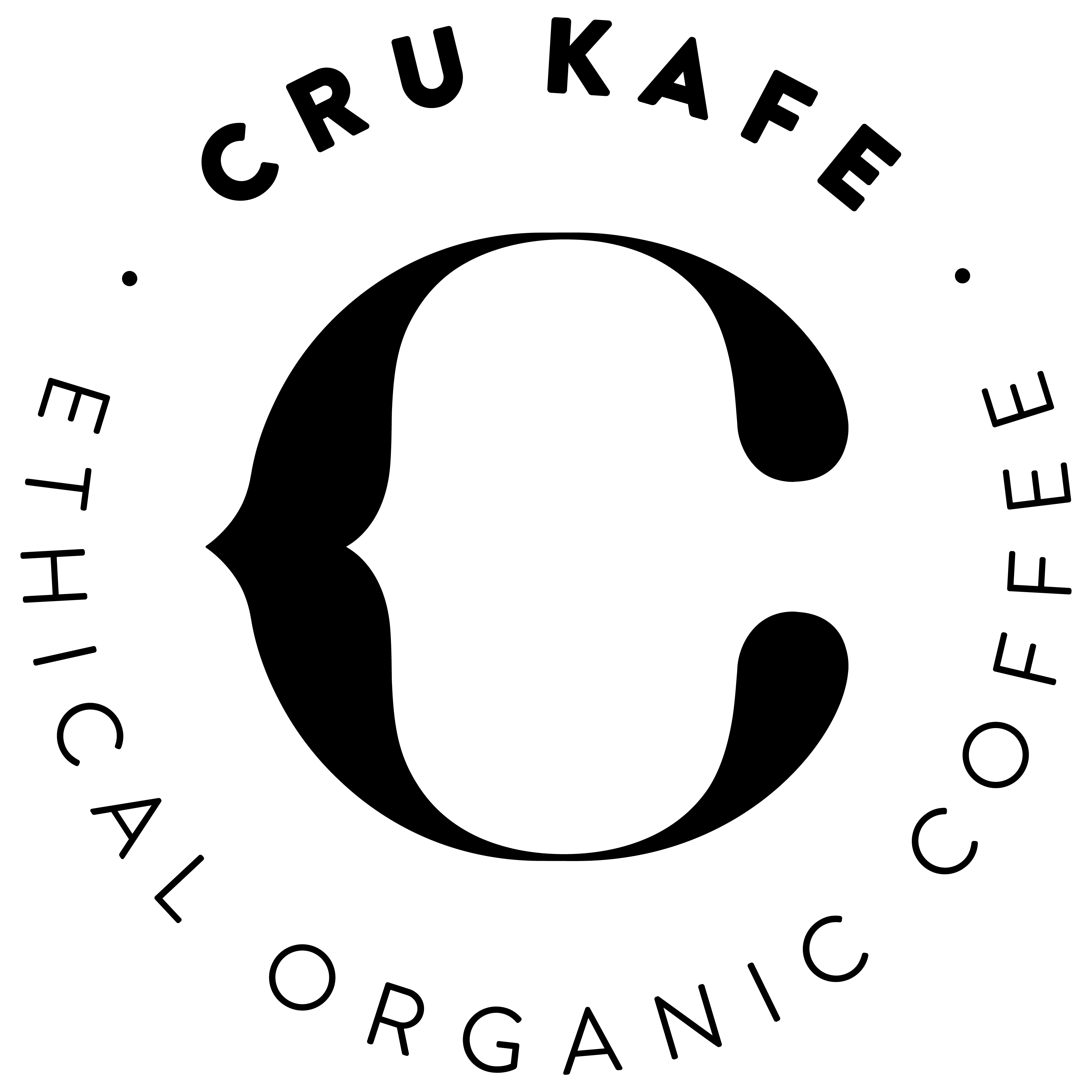Anyone, given some green beans and a stove, could have a good go at roasting coffee. We wouldn’t recommend it (our smoke-blackened kitchen stands testament to that), but there is something inherently simple about the process that makes explaining the intricacies and difficulties faced in roasting green beans that much harder. How could something that you could do you in your kitchen at home be such an important and precise part of making coffee?
It’s all in the detail
Coffee roasting is both a science and an art. The slightest inconsistency in temperature, or a couple of seconds too long in the roaster, and you’ve ruined an entire batch. Each bean, depending on its size, moisture content and flavour profile, requires a precise recipe - and even then, this will depend on exactly what type of coffee you want to create. Each bean follows a rough process (detailed below), but that's pretty much where the similarities end...
Colouration
They go in green, but after a few minutes the coffee bean will start to turn a pale golden colour - similar to that of a shelled peanut. Throughout the process the bean will continue to colour, turning from this pale ‘gold’ to a dark brown - right through to a shiny, oily black. Roasters use this to judge the roast by eye.
1st Crack
At some point (depending entirely on the roast itself) the beans will ‘crack’, (making a noise similar to popping corn) marking the first crack in the roasting process. This means the bean’s surface is opening, releasing sugar and moisture that will start to create more complex, recognisable flavours.
2nd Crack
Whilst the 1st crack could be considered a signpost for a nice, lightly roasted coffee, the 2nd crack brings more body to your coffee - moving (in order) through the classic American & French roasts before culminating a dark, oily bean used in classic Italian espressos. Along this process, the individual characteristics of the bean are gradually replaced with general ‘roasting’ notes, until the flavours of the beans are entirely lost.

Roast Types
Light Roast
Characteristics - Bright, Clean, Acidic, Floral
Whilst this may be a slight generalisation, Light roasts are normally used when you’re looking to highlight and celebrate the unique characteristics of a particular bean, without losing them to the roast itself. Because of this, most light roasts are all very high quality (if not speciality grade) arabicas from the world’s best growing regions. This is particularly true of our Colombian, whose notes of blackcurrant and apple would be lost if roasted dark. In preserving these high notes and nuances, you retain acidity and tend to not develop any real body, which is why lighter roasts still tend to split audiences - particularly those who are more used to drinking traditional roasts.
Medium Roast
Characteristics - Malty, Biscuity, Versatile, Chocolate-y
Characterised by a balance flavour, depth, aroma and body, medium roasts are a perfect way to experience both worlds of coffee. Whilst they tend to take on a certain amount of what we’d call ‘roasting’ flavours (this is the malty, nutty, milk chocolates that you’d experience in our Decaf or Indian), they still retain the high notes of the beans as well, delivering a well-rounded, easy-drinking cup of coffee that still allows you to explore the finer notes of our fantastic beans.
What is interesting with our two medium roasts, however, is the different effect the roasting time has on then. For our Peruvian Decaf, the aim is to add a bit of body and depth that’s lost in the decaffeination process - but for our Indian bean, the roast time is used to curb some of the more ‘intrusive’ elements of the robusta plant, actually lightening and sweetening the cup.
Dark Roast
Characteristics - Deep, Strong, Smokey
Our Dark Roast is our most popular blend online, so we aim to keep the roasting profile of this blend extremely consistent. Whilst it has the same basic building blocks of our Light Roast - they share the same Peruvian & Ethiopian beans - the increased roasting time completely transforms them, resulting in a coffee with a lot more body, depth and punch. This is the case with most dark roasts, where roasting notes of bittersweet chocolate and burnt, caramelised sugar take over the cup and transform the floral, fruity aspects of many beans, delivering a powerful cup of coffee that lingers on the palate long after you’ve finished.
Does roast have anything to do with strength?
Whilst this may seem like a slightly strange question, it’s one that we’re asked over and over again by people looking for a bit of guidance when it comes to trying our coffee. Roast time only changes the flavour of the bean - it has nothing to do with the strength (caffeine content) of the blend.
Indeed, lighter roasted beans actual contain slightly more caffeine content than dark roasted ones - but you wouldn’t think that to taste it. This is just one reason why we no longer display strength numbers on our packaging; instead, we like to rely on taste notes and roast level to give you the best chance of picking a coffee you’ll fall in love with!






